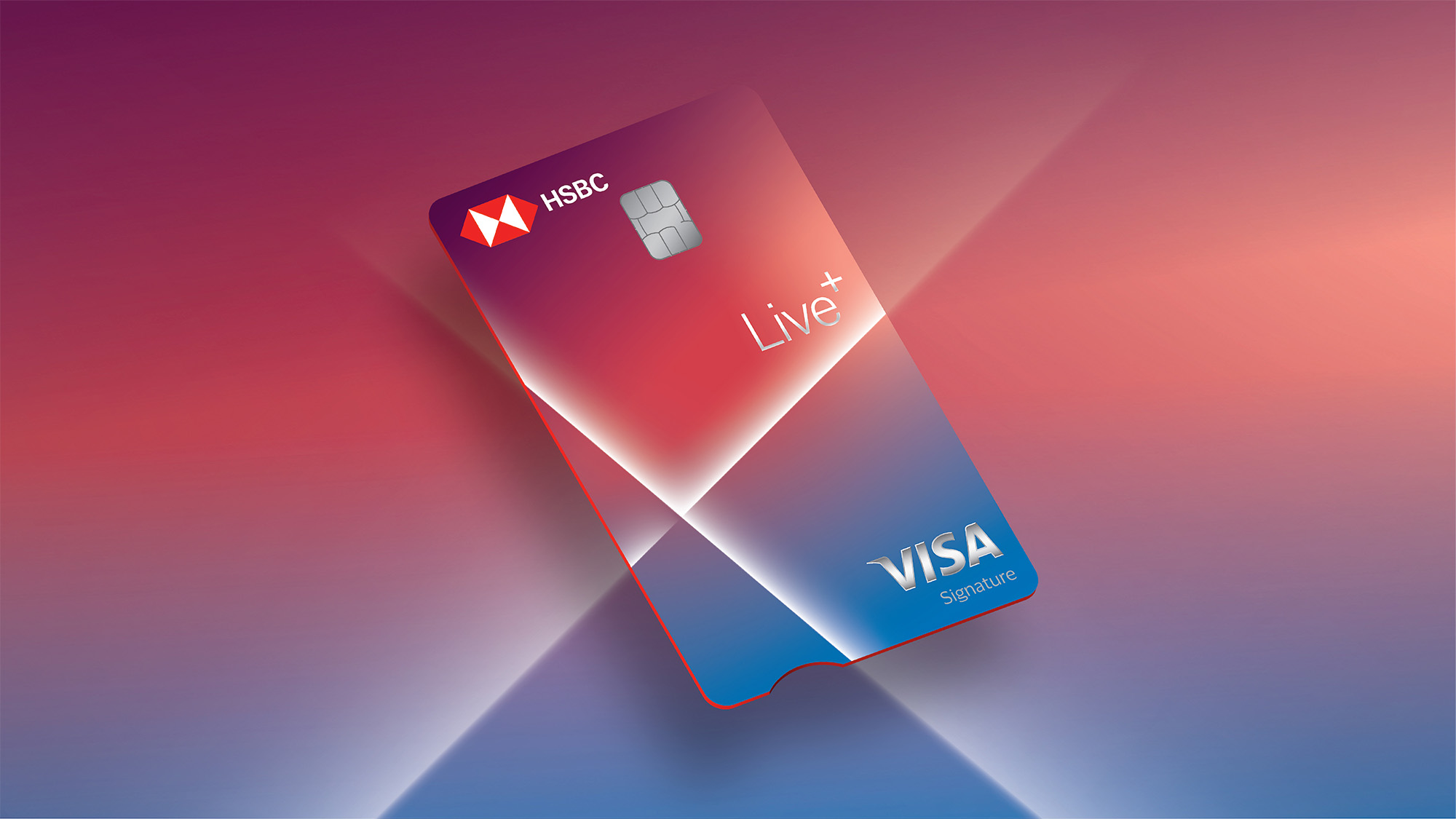Did you find this article useful?

Unified Payments Interface (UPI) has revolutionised the way people make payments. It allows you to use mobile devices to make instant money transfers between bank accounts.
With UPI, you don't need to have the bank account number or Indian Financial System Code (IFSC) of the recipient. Instead, you can simply use their UPI ID to send or receive money. Moreover, you can link multiple bank accounts with a single UPI ID, which makes it a convenient payment option for many people.
If you're using UPI apps like Google Pay, PhonePe or Paytm, you might have noticed that they also offer the option to add a credit card. This is useful when you want to make a payment for a service or product that doesn't accept UPI payments directly. You can make UPI payment from your credit card, then pay off the credit card bill later.
Follow these 7 steps to add a credit card to UPI apps:
UPI is a convenient and secure online payment method that simplifies tracking your expenses. Adding a credit card to UPI apps is a straightforward process. Once linked, your credit card becomes a viable payment option for services and products that don't directly accept UPI payments.
Additionally, by linking your HSBC credit card for UPI payments, you can enjoy the same rewards and benefits offered by your credit card.
Make sure you keep your payment PIN secure and add money to your wallet to start using your credit card on the UPI app.

Dine, shop and have fun with extra cashback.
Did you find this article useful?



This publication has been issued by The Hongkong and Shanghai Banking Corporation Limited (HSBC), India, Incorporated in Hong Kong SAR with limited liability, for the information of its customers only. This publication does not constitute tax or investment advice or an offer to sell, or a solicitation of an offer to purchase or subscribe to any product / investment. The information herein is derived from sources believed to be reliable and the concerned Information Provider(s) have duly authorised HSBC to use such information provided by them.
Whilst every care has been taken in compiling the information, HSBC and the concerned Information Provider(s) do not guarantee, or make any representation or warranty and accept no responsibility or liability as to its accuracy or completeness and shall not be liable for damages arising out of any person's reliance upon this information or any action taken or not taken as a result of any material contained in the publication. All information is subject to the relevant Act, Rules, Regulations, Policy Statements, etc., of the Income Tax Department and subject to change. Expressions of opinion are those of HSBC and the Information Provider(s) only and are subject to change without notice. HSBC has not independently verified any information provided by the Information Provider(s) or that has been derived from the sources believed to be reliable by HSBC. Opinions expressed herein do not have regard to specific investment objectives, financial situation and the particular needs of any specific person who may receive this publication. This document is for circulation in India only. No part of this publication may be reproduced or stored in a retrieval system without the prior written permission of HSBC. Any liability is accordingly expressly disclaimed by HSBC, its officers, directors and employees.